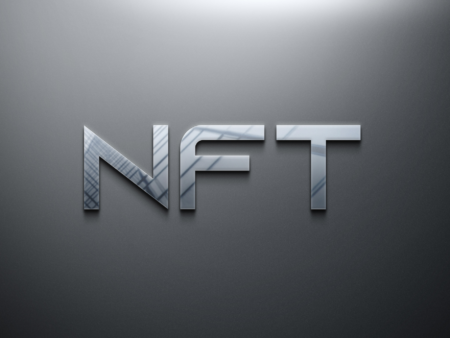Animoca Brands and founder Yat Siu defend creator royalties and their role in web3 with three new NFT licences.
- NFT licencing from Animoca Brands guarantee creative remuneration.
- After top NFT marketplaces exploited creative royalties, the venture capitalist surrendered the licences.
Blur and OpenSea, two main NFT markets, strive to eliminate creative royalties.
Animoca Brands took action to protect creator royalties, with chairperson Yat Siu leading the charge.
In an interview, the chairwoman said NFT marketplaces disrespected creators by removing royalties from their pricing structure.
Animoca Brands‘ NFT licences legally bound creative royalty payments and other requirements.
The venture capitalist feels that NFT creator royalties are crucial to the web3 environment and culture.
NFT Licenses Maintaining Web3
Three NFT licences from Animoca Brands demand creator royalties. The Web3 leader offers personal, business, and unlimited usage licences.
New York State Law governs licences. By signing the agreement, each party submits itself and its property to any New York State or federal court in New York City.
Each licence defines author and holder NFT usage rights with varied limits and requirements. The licences help specify creator rights and NFT use.
All licences require:
- All licences protect the creator’s trademark, trade name, business name, and logos.
- Holders cannot use licenced NFT artwork to promote hate, pharmaceutical goods, violence, or other activities that might discredit the Creator.
- The licence protects the Licensed NFT from lawbreaking.
- Holders must agree to pay a creator fee or resale royalty at a creator-set percentage.
- Holders cannot sell on marketplaces without collection fees.
- Holders cannot mint other NFTs utilising licenced NFT artwork or compete with the inventor.
The licences have certain commonalities in terms and restrictions, although they vary per use case.
What distinguishes Animoca Brands NFT licences?
The personal use licence gives holders a non-exclusive, non-transferable, royalty-free permission to use NFT artwork for personal use. The licence forbids commercialising NFT IP.
The approved commercial use licence lets licensees utilise the NFT for business.
License summary:
- Holders can commercialise the Licensed NFT Artwork in any format and media.
- The creator’s yearly monetary limit must be followed for commercialization. If holders earn more than the limit, they must contact the creators and get authorization.
- Creators can audit the holder’s commercial usage of the licenced NFT’s IP Rights upon request.
The highest agreement is the unlimited-use licence. The licence enables unrestricted personal and commercial usage without monetary restrictions. This licence allows unlimited NFT use. They must follow all licencing bylaws, nevertheless.
Flipside
- OpenSea temporarily eliminated creator royalties to match Blur’s 2.5%.
- Yuga Laboratories, BAYC developers, got 50 ETH, or $80,000, in royalties on the Golden Key Sewer Pass NFT sale.
Why Care?
NFT licencing and creator royalties are hot crypto concerns. Animoca Brands resolving the argument with clear criteria is a significant industry win.
These licences govern and protect creators and holders.
A Bored Ape Holder burned his NFT to convert it to Bitcoin:
Bored Ape (BAYC) Holder Burns 1626 Trying Bitcoin NFTs.
Charles Hoskinson’s NFT jpegs caused controversy:
Crypto Twitter Discusses Charles Hoskinson’s “Saved” NFT Profile Photo.











